WORDS BY CHLOE SMITH
What does it take to change the world? Sure, you can hear about people asking for stricter regulations, more awareness campaigns and government incentives, however, in order to make the real difference, one has to first change from within.
While a lot of people believe that the change comes from the top, nothing can be further from the truth. As Gandhi once said, be the change you want to see in the world. So, if your dream is to see a greener world, what better place to start changing it than your own home.
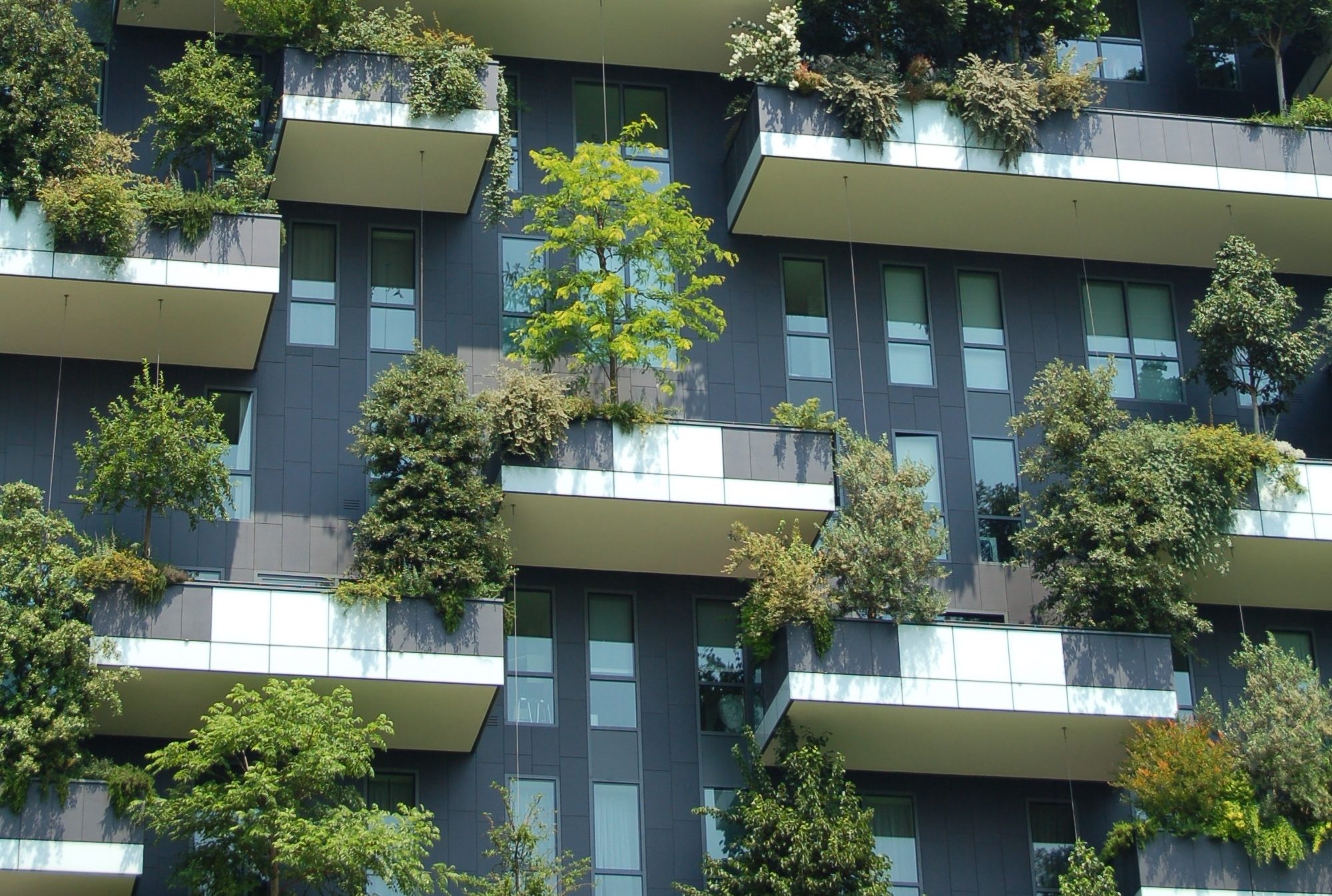
BOSCO VERTICALE IN MILAN
1. Choose the right materials
 BAMBOO FLOORS AND CEILING IN FLOTANTA HOUSE, COSTA RICA.
BAMBOO FLOORS AND CEILING IN FLOTANTA HOUSE, COSTA RICA.
As soon as you start planning a home, there are two things you need to consider in order to make it truly green. The first issue is the one of the environmental impact and you need to ensure that it is as low as possible.
After this is taken care of, you need to determine the most suitable material for your new home. In order to be qualified as eco-friendly, a material needs to be locally produced, so that it lowers the amount of pollution caused by transportation, non-polluting itself and easy to produce. Here, we are talking about materials such as grasscrete, rammed earth and bamboo, as well as recycled plastic and wood.
2. Start with the insulation
 INSULATION MADE FROM RECYCLED DENIM
INSULATION MADE FROM RECYCLED DENIM
The first thing you need to keep in mind is the fact that in order to become self-sustainable, your home first needs to become as little energy-dependent as possible. For this to work, however, your home needs to be properly insulated.
The greatest amount of energy leaves your home through windows, so replacing your standard single-pane windows with double-glazing ones might be a perfect solution. Why stop there, if you go with triple-pane windows you can increase your homes energy-efficiency even more. On top of it all, this also makes your home more sound-proof, which is simply great for your privacy. On the other hand, during the hot summer days, you can significantly reduce the amount of energy required to cool down your home by installing shutters that provide complete insulation, according to the experts at Shutters HQ.
Apart from windows, you also need to insulate the walls of your home. One of the most cost-efficient ways to do so is with the use of government grants for insulation. Still, the availability of this option greatly depends on your region. Apart from walls and windows, a lot of energy leaves your home through the roof, which is yet another thing worth looking into.
3. Zero-energy home
 SOLAR PANELS FOR RENEWABLE ALTERNATIVE ENERGY
SOLAR PANELS FOR RENEWABLE ALTERNATIVE ENERGY
Another component of making your home self-sustainable lies in finding a way to produce your own energy. The optimal solution of this problem would be the installation of solar panels on the top of your home’s roof, however, it can take 9 to 12 years for this project to fully pay itself off. Instead, you might want to try something a bit smaller. For instance, a solar-powered water heater can pay itself off in about two years and it still makes your household much greener.
Aside from investing in a solar panel, you also need to find a battery that is up to the task. Luckily, even some of the high-end ones cost about $5,500, which is not that much, considering that this is a one-time investment that will keep paying itself back over the course of years.
4. Furnishing your home
 DINING FURNITURE FROM RECLAIMED WOOD
DINING FURNITURE FROM RECLAIMED WOOD
The next thing you need to attend to is furnishing of your home, which is not as easy to do in the planet-friendly manner as you may have assumed. One of the green trends that are currently gaining a momentum is furniture made out of reclaimed wood but, although aesthetic, it is still quite expensive. On the other hand, accessorizing with items made of natural, reclaimed or recycled materials is a low-cost alternative to this problem.
5. Low-power and low-flow appliances
 LOW ENERGY LIGHT BULBS
LOW ENERGY LIGHT BULBS
Finally, once you start investing towards household appliances, apart from switching to LED bulbs, you might also pay some attention to the issue of low-power and low-flow appliances. These potent household machines can significantly reduce the amount of power and water used in your household and in this way benefit both your budget and the planet.
Now, it is true that purchasing all of these items at once may be a bit more than your budget can handle, however, you can approach this innovation gradually and replace all of your standard appliances in the matter of years instead of months or days.
In conclusion
Apart from doing a great thing for the future of our planet and the survival of our species, you are also finding a way of reducing the price of your home’s utilities, therefore, significantly improving your household budget. In other words, while doing a good deed you are being instantly reported both spiritually and materially. It truly doesn’t get any better than that.



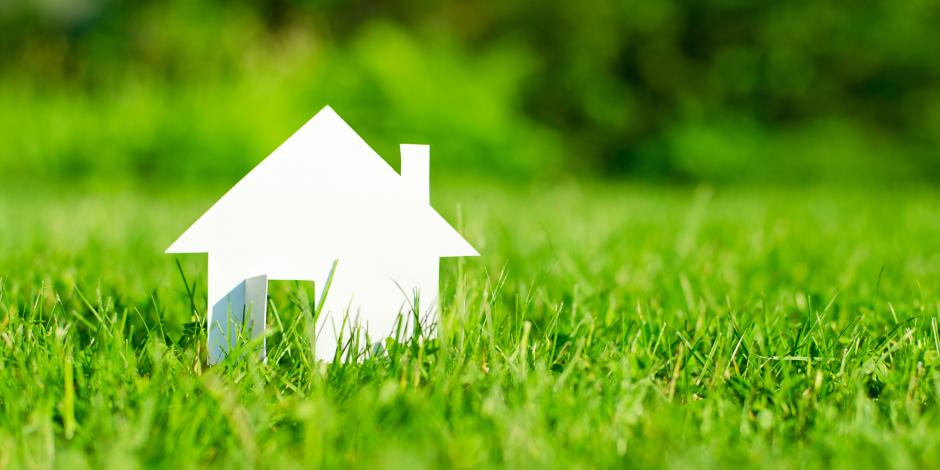
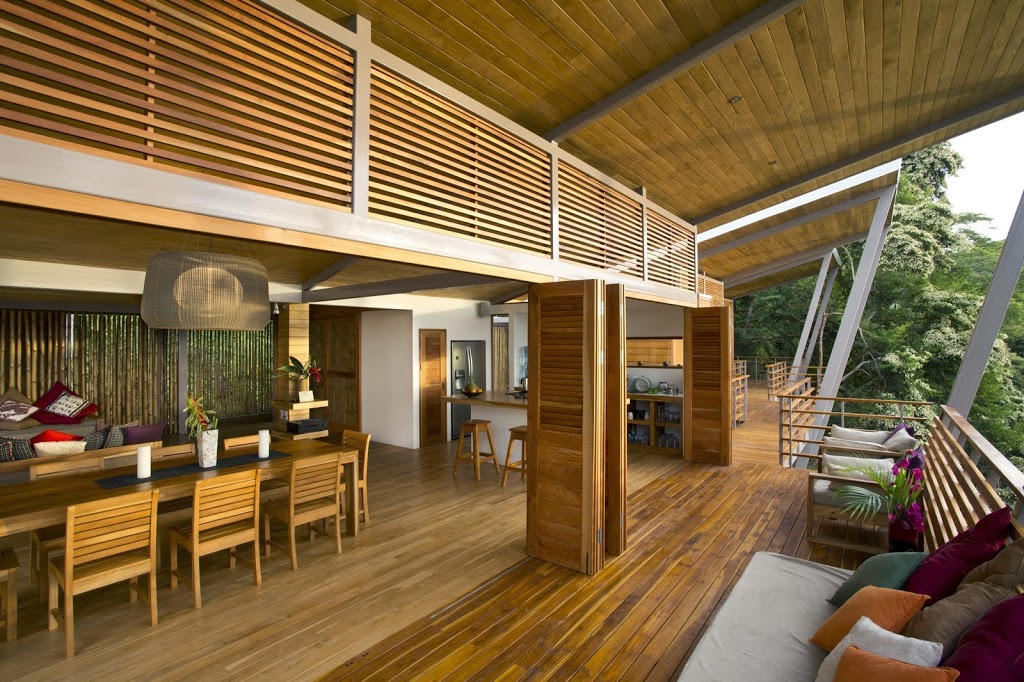 BAMBOO FLOORS AND CEILING IN
BAMBOO FLOORS AND CEILING IN 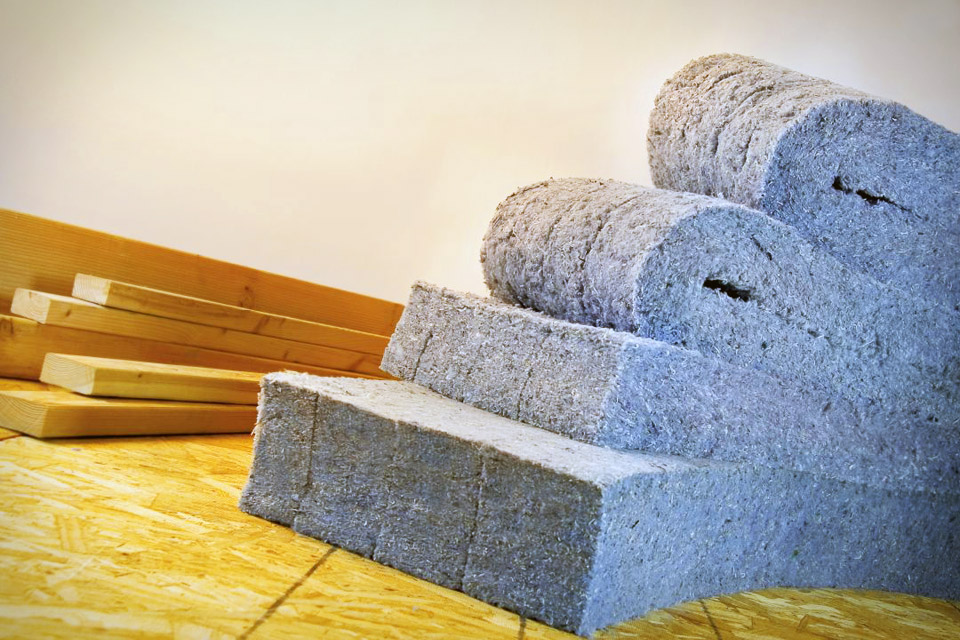
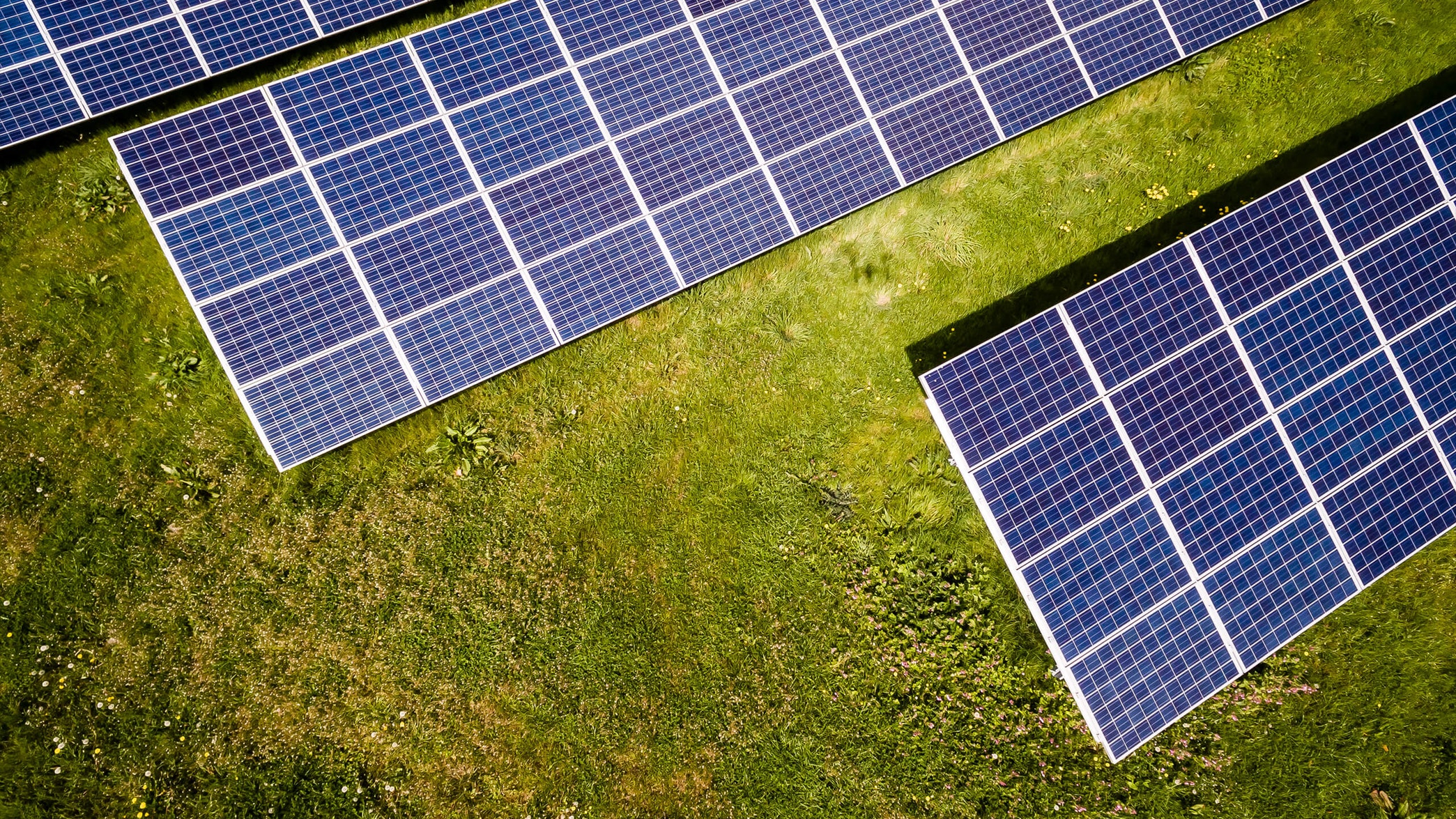 SOLAR PANELS FOR RENEWABLE ALTERNATIVE ENERGY
SOLAR PANELS FOR RENEWABLE ALTERNATIVE ENERGY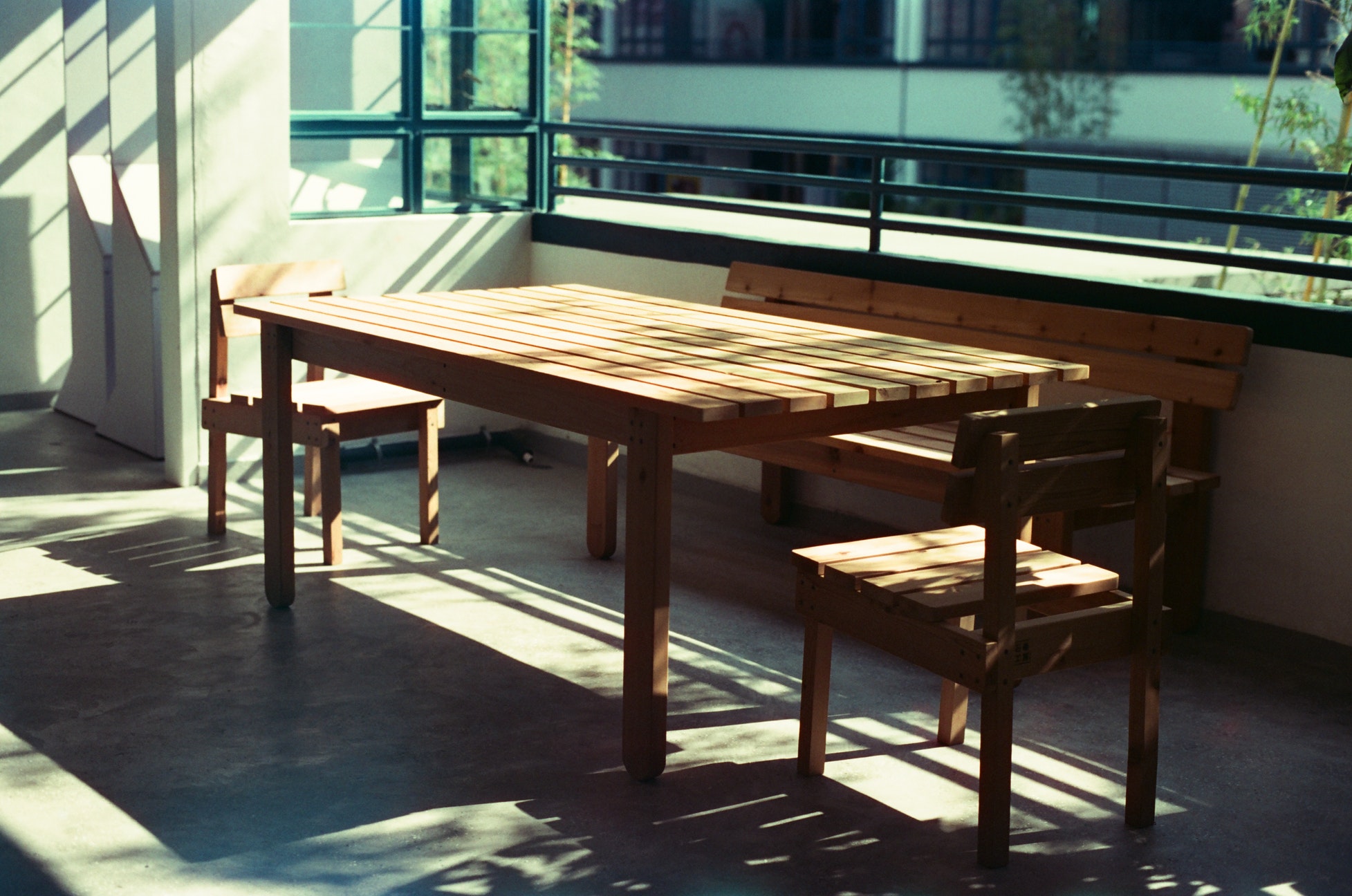 DINING FURNITURE FROM RECLAIMED WOOD
DINING FURNITURE FROM RECLAIMED WOOD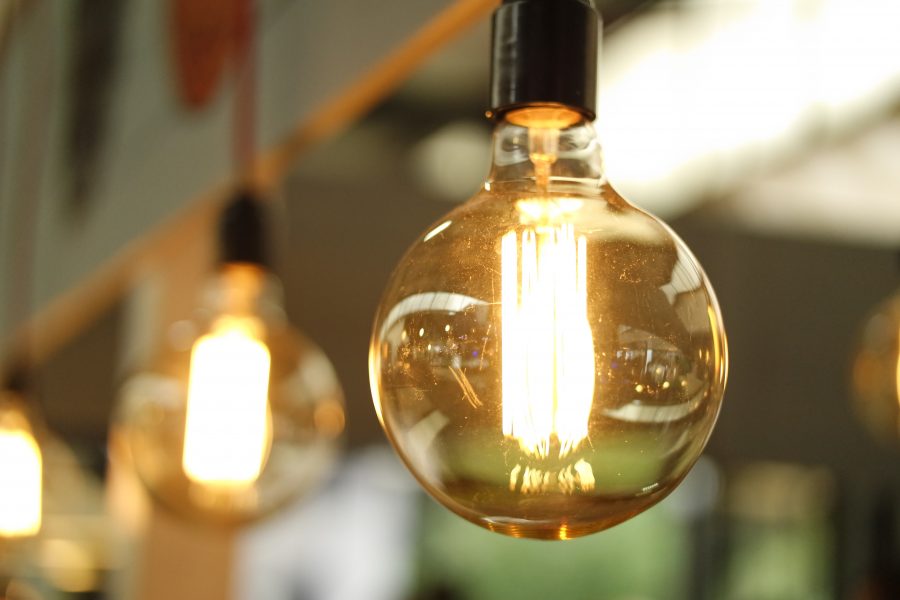 LOW ENERGY LIGHT BULBS
LOW ENERGY LIGHT BULBS

